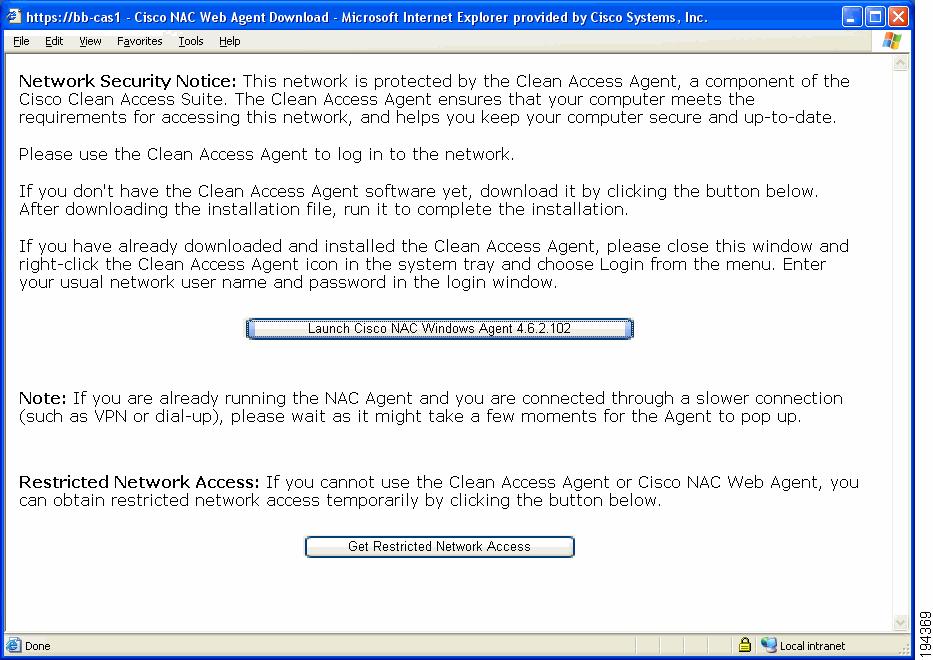Cti Toolkit Agent Desktop Download
CTI Toolkit Desktop Client installation Important: The new CTI OS functionality that is part of Release 9.0(1) is installed by the procedure discussed in. Release 9.0(1) upgrades Release 8.5(2) or later. When you apply Release 9.0(1) to a Release 8.5(2) system, it performs an upgrade. However, when you apply Release 9.0(1) to a Release 8.5(2) or later, it first rolls back the system to Release 8.0 and then performs the upgrade to Release 9.0(1). This chapter provides procedures for installing the following CTI Toolkit Desktop Client components: • CTI Toolkit Desktop applications: • Agent desktop (including silent monitor) • IPCC Supervisor Desktop (including silent monitor) • Tools • Documentation • CTI Toolkit SDK (previously the CTI OS Developer's Toolkit, including necessary files, controls, documentation, and samples needed to write custom applications): • Win32 • Java •.NET It also provides procedures for enabling the Emergency Call and Supervisory Call buttons, which enable an agent to make a call to a supervisor. Note Before you begin installation, verify that your system meets the hardware and software requirements for the components you plan to install, as listed in Hardware & System Software Specification (Bill of Materials) for Cisco Unified ICM/Contact Center Enterprise & Hosted, Release 9.0(1). This document is available at:.

• • • • • • • Upgrade from previous version If you are upgrading from a previous CTI OS release, you need not uninstall the CTI Toolkit Desktop Client software before you install CTI Toolkit Desktop Client Release 9.0(1). Install Cisco CTI Toolkit Desktop Client component To install the CTI Toolkit Desktop Client components, perform the following steps. Procedure Step 1 From the Installs CTIOSClient directory on the CD, run Setup.exe. Step 2 Click the Next button on the Welcome screen. The Software License Agreement screen appears. CTI Toolkit Desktop Client component installation license agreement Step 3 Click the Yes button. The Choose Destination Location screen appears.
Destination drive selection Step 4 Accept the default drive or click the Browse button and specify another drive. Benton Sans Condensed Bold Font Free Download. Step 5 Click Next to open the Select Components screen and select the CTI Toolkit Desktop Client components that you want to install. Note If you plan to use the Release 9.0(1) Silent Monitor Service, you must select at least one of the CTI Toolkit Desktop Software components or the CTI Desktop SDK Win32 component. Step 6 Click Next. If you select CTI Toolkit Agent Desktop or CTI Toolkit IPCC Supervisor Desktop, the CTIOS Server Information screen appears.
Aoe 2 Gold Edition Free Download Full Version more. Note Phones that are configured to use SRTP cannot be silently monitored. Customers who wish to silently monitor agents must not configure the agent phones to use SRTP. CTI OS Server information Enter the Name or IP Address and the Port Number for your CTI OS systems.
Cisco CTI Toolkit Desktop Client Component Installation 3-2. Cisco Unified CM 6-5. CTI OS Desktop Versions 6-5. Remote Agents 6-5. Recording Applications 6-6. Transfer and Conferencing Monitored Calls 6-6. Installing Release 8.0(1) CTI Toolkit Agent Desktop, IPCC Supervisor Desktop, Tools. Download the free trial version below to get started. Double-click the downloaded file to install the software.
Note If you enable the QoS checkbox during the CTI OS Server Installation, you must select the checkbox at this stage. Step 7 Click the Next button. The Start Copying Files screen appears. Step 8 Click the Next button to begin installation.
Step 9 After the installation is complete, the following window appears, prompting you to install the Security feature. For more information about CTI OS Security, see. CTI OS Client security For more information about what Security Certificate option you must select, see Step 10 Click OK. The following window appears: Figure 5. CTI OS security InstallShield wizard While Security is being configured, several status messages appear.
Step 11 Lastly, the CTIOS Setup Completed dialog box appears. CTI OS Server setup completion dialog box Step 12 Specify whether or not you want to restart your computer. Click the Finish button to exit Setup.
Installed files When you install the CTI Toolkit Agent Desktop or the CTI Toolkit IPCC Supervisor Desktop, the CTI Toolkit installation process installs a number of dynamic link libraries (DLLs). The installation process registers many of these DLLs automatically, but you must manually register some of these DLLs to work correctly.
The following table lists the Windows DLLs that are installed with the CTI Toolkit Agent Desktop or the CTI Toolkit IPCC Supervisor Desktop, along with the command line entry for manually registering the DLL (if needed). Table 1 Windows DLLs DLL Command Line Entry For Manually Registering msvcrt.dll Registration not needed. Msvcrtd.dll Registration not needed. Msvcp60.dll Registration not needed. Msvcp60d.dll Registration not needed. Mfc42.dll Registration not needed. Mfc42d.dll Registration not needed.